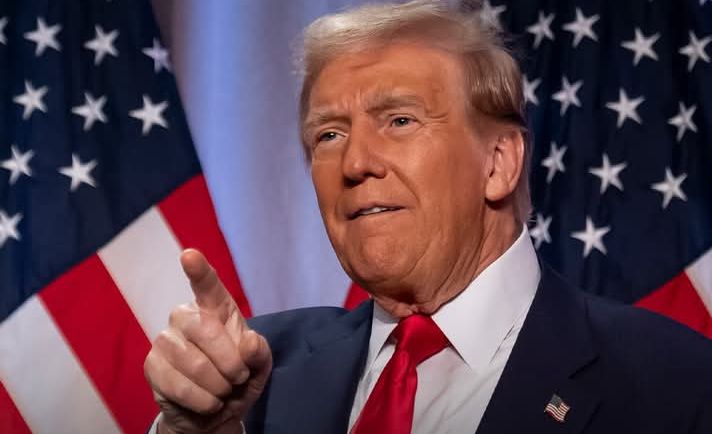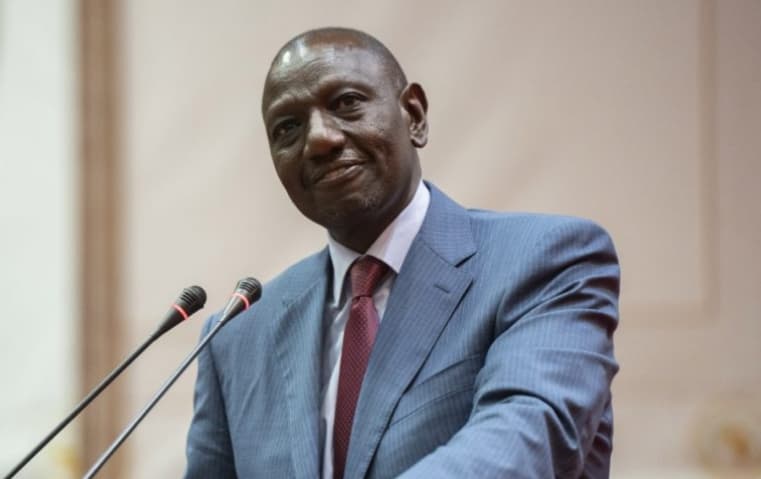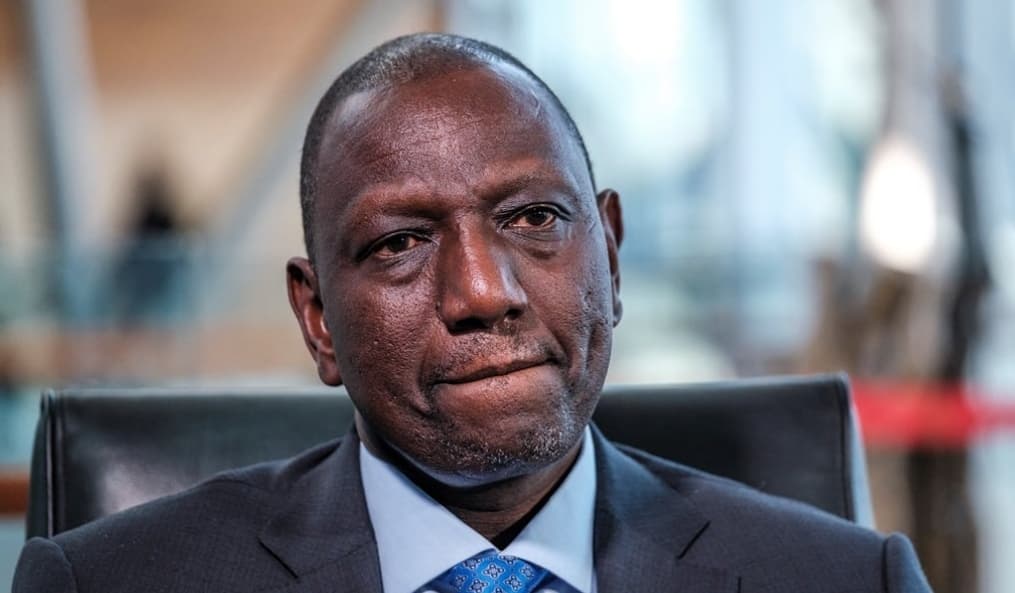The global community is eagerly anticipating the first day of U.S President-Elect Donald Trump’s presidency, but previewing his first 100 days could provide a more revealing picture.
According to Trump’s campaign manifesto, his government could significantly impact the relationships between the world and the United States.
Behind the scenes, a team of senior aides and prospective White House officials are formulating their initial policy initiatives to fulfill the president-elect’s campaign promises. There is a fervent commitment within his camp to speedily and effectively implement the president-elect’s vision in comparison to his first term. Here's a look at some of the policies being formulated and what to expect in brief.
Donald Trump’s top five priorities.
1. About trade.
Trump is committed to imposing 25% tariffs on all products imported from Mexico and Canada on his first day in office in January unless those countries satisfactorily stop the flow of illegal drugs such as fentanyl into the United States and illegal immigration.
Additionally, he has issued threats to impose supplementary tariffs on China until it implements measures to reduce fentanyl production.
However, Trump stated that he is unable to guarantee that the tariffs he has promised to impose on key U.S. foreign trade partners will not increase prices for American consumers.
2. On taxes and budgets.
Trump made assurances regarding tax policy to both businesses and individuals. Among other things, tax reductions on tipped income, overtime pay, some Social Security taxes, tax reductions for first responders and the military, and Americans residing abroad, as well as deductions for auto loan interest.
In addition, the 2017 Tax Cuts and Jobs Act (TCJA) provisions that are about to expire will almost probably be extended, though there will likely be a long fight over some important details. Trump will put in place big new taxes, though they might not be as strong at first as he said he would be during the campaign.
3. On border and immigration.
The incoming administration is set to implement strict border measures, strike down Biden-era policies, and initiate the detention and deportation of migrants on a large scale.
Immigration was a central focus of President-elect Donald Trump’s 2024 presidential campaign. However, unlike his initial campaign, which was primarily focused on the construction of a border wall, Trump has shifted his focus to interior enforcement and the removal of undocumented immigrants who are already in the United States.
4. On retribution and the deep state.
Trump issued over 100 threats to investigate, prosecute, and imprison his perceived adversaries, including political opponents and private citizens, during the 2024 presidential campaign.
Trump was attacked during his campaign by entities dubbed as the deep state. These are people who perceive themselves to be above the law.
Trump’s opponents anticipate that the president-elect may implement a policy of “retribution,” as he phrased it.
5. On foreign policy.
Trump indicated a return to his “America First” foreign policy, which was characterized by a decrease in international collaboration and an increase in isolationism.
However, this did not prevent Trump from claiming his ability to end Russia’s war against Ukraine within 24 hours of assuming office, bring peace to the Middle East, and exert dominance over China, one of the United States’ largest geopolitical rivals.
The most contentious of all in the incoming administration, is the Proposed Tarriffs by the Trump administration.
Christine Lagarde, the European Central Bank President, is calling on the European Union to think strategically and engage in direct negotiations with America instead of rushing into retaliation over incoming tariffs.
Trump’s tariff plans are not entirely clear. While he revealed the numbers, he left out crucial details such as how they’ll be applied, which sectors they’ll target, or whether exceptions will be made. “We need to understand the scope,” Lagarde said.
She compared targeted tariffs on products like electric vehicles to broad tariffs that would hit everything crossing U.S. borders. This lack of clarity makes it tough for Europe to predict the exact fallout.
Lagarde has urged Europe to avoid falling into the tit-for-tat pattern that often characterizes trade disputes. She highlighted Trump’s style of negotiating, pointing to the 10-20% range as evidence that the U.S. might be open to discussions.
“If you announce a range, you’re inviting negotiation,” she said. The European Commission has already started preparing for potential tariffs. Lagarde acknowledged this but warned against relying on what she called a “cheque book strategy” — throwing money at the problem.
Instead, she suggested that Europe could make concessions by offering to buy more American products, such as liquefied natural gas or military equipment. This would show a willingness to cooperate without escalating tensions.
A trade war, Lagarde said, would hurt everyone. GDP across the board would shrink, and no country would come out a winner. The impact wouldn’t stop at the U.S. and Europe. China, already the main target of Trump’s tariff plans, would likely reroute its exports to other markets, including Europe.
This “rerouting scenario” would put extra pressure on European industries, which are already vulnerable. For now, Lagarde thinks free trade with China should remain reciprocal and beneficial for both sides. But if Trump’s policies disrupt this balance, Europe might need to consider defensive measures.







